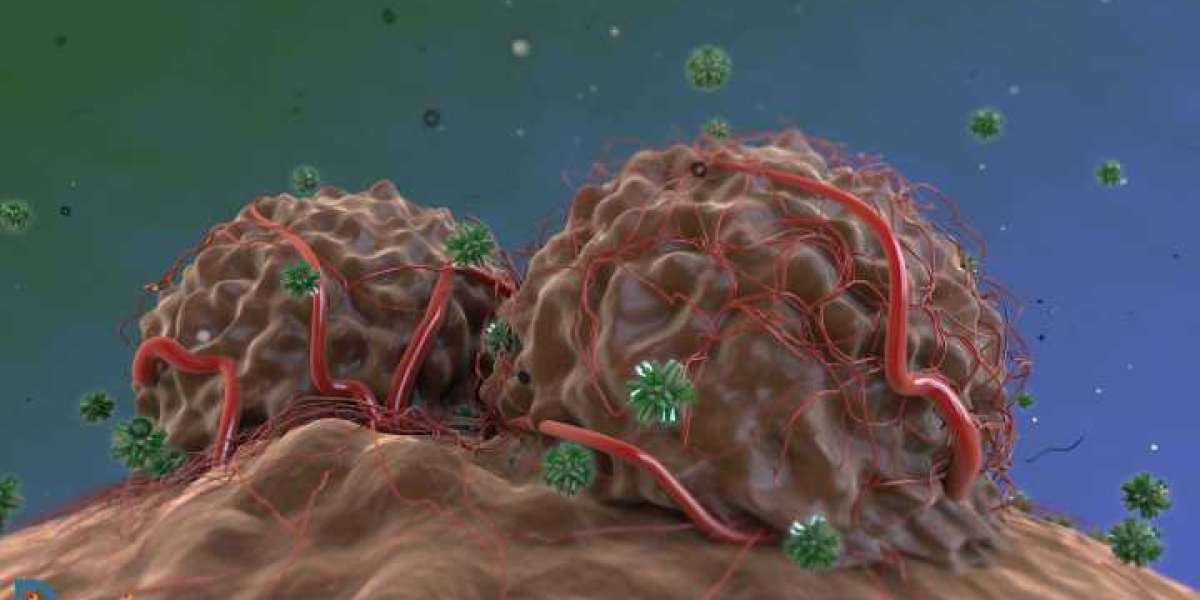1. Challenges in NASH Diagnosis and Treatment Development
One of the biggest challenges in tackling NASH is early diagnosis. Most patients remain asymptomatic until the disease has progressed to advanced fibrosis or cirrhosis. Current diagnostic tools, such as liver biopsies, are invasive, costly, and prone to sampling errors. Non-invasive tests, including imaging techniques like elastography and biomarkers, are being explored, but they lack the precision needed for wide-scale adoption.
The complex pathophysiology of NASH, involving metabolic dysfunction, inflammation, oxidative stress, and fibrosis, also complicates drug development. Many clinical trials have struggled to meet endpoints, reflecting the heterogeneity of disease progression and the need for combination therapies. Regulatory approval for treatments remains challenging as endpoints such as fibrosis regression are difficult to achieve in the short term.
2. Recent Advances in NASH Research
Despite these challenges, there has been significant progress in understanding NASH’s underlying mechanisms, paving the way for new therapeutic strategies. Promising approaches target metabolism, inflammation, and fibrosis, focusing on pathways such as:
- PPAR agonists: Drugs like pioglitazone aim to improve insulin sensitivity and reduce fat accumulation in the liver.
- FXR agonists: Farnesoid X receptor modulators, such as obeticholic acid (OCA), have shown potential in improving fibrosis, although regulatory challenges have delayed approvals.
- GLP-1 receptor agonists: Drugs like semaglutide, used for type 2 diabetes, have demonstrated benefits in NASH by improving metabolic parameters and reducing liver fat.
Other therapies targeting anti-fibrotic pathways, mitochondrial function, and lipid metabolism are under investigation, with several compounds in Phase II and III clinical trials.
3. Opportunities for Combination Therapies and Precision Medicine
Given NASH’s complex nature, combination therapies offer promising potential. By addressing multiple pathways—such as insulin resistance, inflammation, and fibrosis—combination regimens may improve clinical outcomes. Trials exploring PPAR agonists alongside GLP-1 receptor agonists are already underway, aiming to provide more comprehensive treatment options.
Additionally, precision medicine approaches could improve outcomes by tailoring therapies based on individual metabolic profiles, genetics, and disease stage. Advances in genomics and digital health tools may also enable earlier detection and personalized management strategies, leading to more effective interventions.
4. The Role of Lifestyle Interventions and Digital Health
While pharmacological therapies are advancing, lifestyle interventions remain a cornerstone of NASH management. Weight loss through diet and exercise has been shown to improve liver health, but achieving and maintaining these lifestyle changes is difficult for many patients. Digital health platforms, mobile apps, and telemedicine offer new opportunities to monitor patient behavior and provide ongoing support. Integrating these tools with pharmacotherapy could enhance patient engagement and long-term adherence.
5. Addressing Global Impact and Market Opportunities
The rising prevalence of obesity, diabetes, and metabolic syndrome is driving a global NASH epidemic, particularly in Western countries and emerging markets. As the burden on healthcare systems grows, there is a significant market opportunity for innovative therapies. Analysts predict that the NASH therapeutics market could reach billions of dollars annually once effective treatments are approved.
Collaborations between pharmaceutical companies, academic researchers, and healthcare providers are accelerating drug discovery and regulatory pathways. Regulatory bodies are also becoming more engaged in defining accelerated approval pathways to encourage the development of new treatments.
6. Conclusion
The evolving NASH landscape presents a mix of challenges and opportunities. Advances in drug development, diagnostics, and digital health are gradually shifting the treatment paradigm, but the road to effective therapies remains complex. As research continues to unravel the underlying mechanisms of NASH, combination therapies, precision medicine, and lifestyle interventions will play a crucial role in achieving better patient outcomes. With the right innovations and collaborative efforts, the future holds promise for more effective treatments and improved quality of life for millions of people affected by NASH worldwide.
Latest Reports
Chronic Rhinosinusitis Market | Critical Limb Ischemia Market | Deep Vein Thrombosis Market | Eosinophilic Asthma Market | Familial Amyloid Polyneuropathy Market | Fibrocystic Breast Condition Market | Helicobacter Pylori Infections Market | Hepatic Encephalopathy Market | Human Papilomavirus Market | Immunologic Deficiency Syndrome Market | Neuroblastoma Market | Nipah Virus Infection Market | Non Alcoholic Fatty Liver Disease Nafld Market | Opioid Induced Constipation Market | Parkinson’s Disease Market | Pcsk9 Inhibitor Market | Pediatric Obesity Market | Spasticity Market | Thymic Carcinoma Market | West Syndrome Market | 22q11.2 Deletion Syndrome Market | Acute On Liver Failure Market | Acute Pancreatitis Market | Acute Pharyngitis Market | Ada-scid Competitive Landscape | Adrenal Cortex Neoplasms Market | Adrenal Insufficiency Market | Adult Myopia Market






